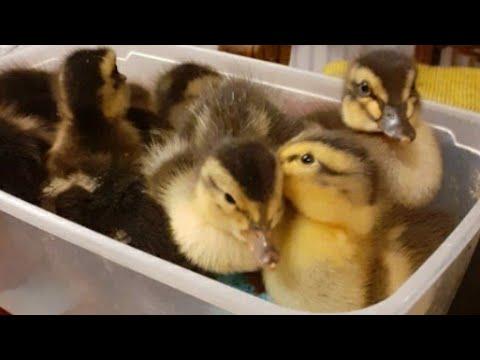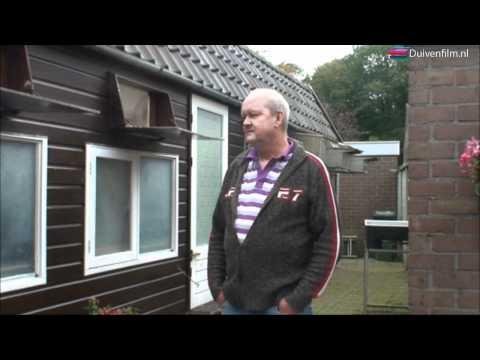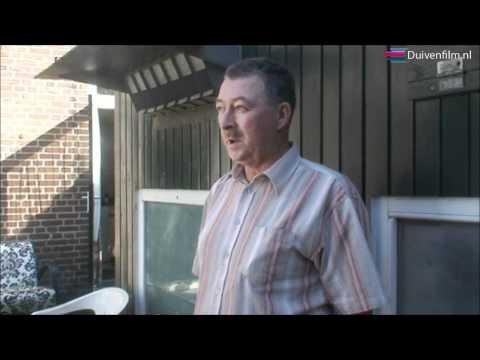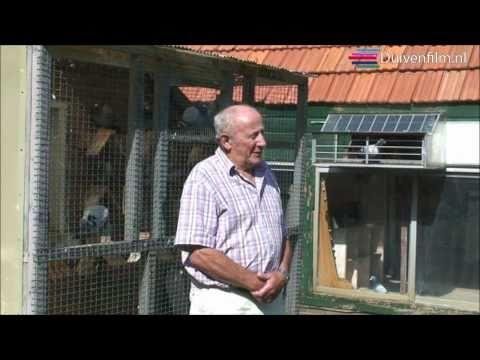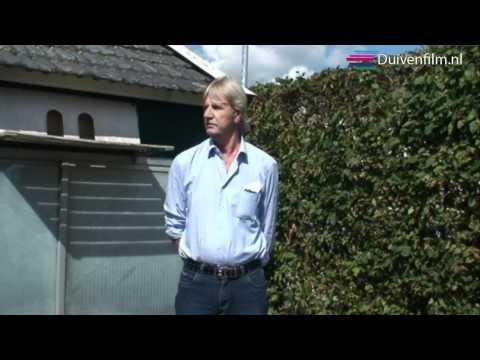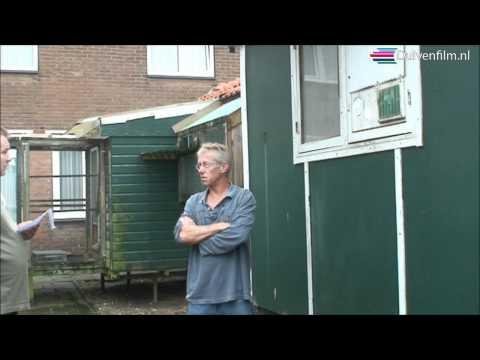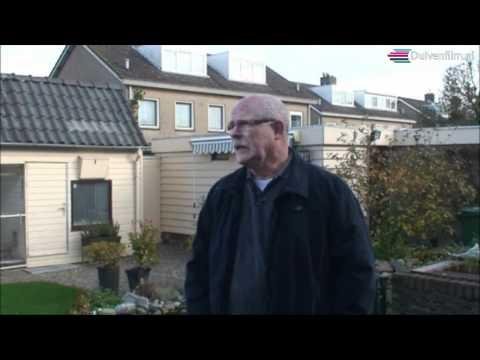This week on the Hemp Podcast, we talk to Sandra Marquardt, fiber crops manager at Textile Exchange, a global nonprofit that works with textile brands, manufacturers and farmers around the world to guide the industry toward purposeful production methods and sustainability goals.
Marquardt is based outside of Washington, D.C., and said Textile Exchange has about 140 employees working in 30 countries.
“There is such huge demand on the part of brands in particular trying to figure out how to green their supply chains,” she said.
“They're really turning to us to say how do we do it? What are we doing? What are the materials we use?”
Textile production is a large emitter of greenhouse gases, and Marquardt’s group researches what’s called Tier Four of the textile supply chain. That’s the farm level where the raw materials enter the system.
She said she’s “trying to dive into the weeds to see how cotton is grown, how hemp is grown, and how flax is grown,” along with other natural fibers such as alpaca, cashmere and wool.
Last month, Textile Exchange published a report on the state of the global hemp industry that looks at production methods, fertilizer and pesticide use, and output and yields by country and region.
“We were under the opinion that China was No. 1 for everything. But really it's not,” Marquardt said. “It's it's definitely a major player, but France is No. 1 for overall production.”
She said the United States, despite only having had a legal hemp industry for less than five years, is already a major player.
“I think we're No. 5 for overall production,” she said.
Companies, countries and consumers around the world are turning to hemp because of its reputation as an environmentally friendly raw material, needing fewer inputs than other fiber crops. But as the industry scales up, can it keep that cachet?
“Hemp is a great fiber, but if we don't look at how it's grown, we can't use its powers to really address the future,” Marquardt said.
With the report, Textile Exchange poses the question: If we have the chance to introduce a new textile fiber on the global market and design the systems and supply chains around it, shouldn't we design those systems to be carbon negative and less dependent on synthetic fertilizers and pesticides?
Instead of copying the pesticide- and carbon-intensive model of cotton production, why not design the system we want right out of the gate?
Growing Hemp for the Future — A Global Fiber Guide is available as a free download at TextileExchange.org.
News Nuggets
House Oversight Committee’s Hearing on ‘Hemp in the Modern World: The Yearslong Wait for FDA Action’
https://www.youtube.com/watch?v=cpmpPZkcrEk
Why feral cannabis can be found throughout Iowahttps://wcfcourier.com/news/state-regional/why-feral-cannabis-is-found-in-sioux-city-and-across-iowa/article_216c0bb9-87a9-5722-8261-ffae314862b7.html
Thanks to our sponsors IND HEMPhttps://indhemp.com/
Americhanvre Cast-Hemp https://americhanvre.com/
Marquardt is based outside of Washington, D.C., and said Textile Exchange has about 140 employees working in 30 countries.
“There is such huge demand on the part of brands in particular trying to figure out how to green their supply chains,” she said.
“They're really turning to us to say how do we do it? What are we doing? What are the materials we use?”
Textile production is a large emitter of greenhouse gases, and Marquardt’s group researches what’s called Tier Four of the textile supply chain. That’s the farm level where the raw materials enter the system.
She said she’s “trying to dive into the weeds to see how cotton is grown, how hemp is grown, and how flax is grown,” along with other natural fibers such as alpaca, cashmere and wool.
Last month, Textile Exchange published a report on the state of the global hemp industry that looks at production methods, fertilizer and pesticide use, and output and yields by country and region.
“We were under the opinion that China was No. 1 for everything. But really it's not,” Marquardt said. “It's it's definitely a major player, but France is No. 1 for overall production.”
She said the United States, despite only having had a legal hemp industry for less than five years, is already a major player.
“I think we're No. 5 for overall production,” she said.
Companies, countries and consumers around the world are turning to hemp because of its reputation as an environmentally friendly raw material, needing fewer inputs than other fiber crops. But as the industry scales up, can it keep that cachet?
“Hemp is a great fiber, but if we don't look at how it's grown, we can't use its powers to really address the future,” Marquardt said.
With the report, Textile Exchange poses the question: If we have the chance to introduce a new textile fiber on the global market and design the systems and supply chains around it, shouldn't we design those systems to be carbon negative and less dependent on synthetic fertilizers and pesticides?
Instead of copying the pesticide- and carbon-intensive model of cotton production, why not design the system we want right out of the gate?
Growing Hemp for the Future — A Global Fiber Guide is available as a free download at TextileExchange.org.
News Nuggets
House Oversight Committee’s Hearing on ‘Hemp in the Modern World: The Yearslong Wait for FDA Action’
https://www.youtube.com/watch?v=cpmpPZkcrEk
Why feral cannabis can be found throughout Iowahttps://wcfcourier.com/news/state-regional/why-feral-cannabis-is-found-in-sioux-city-and-across-iowa/article_216c0bb9-87a9-5722-8261-ffae314862b7.html
Thanks to our sponsors IND HEMPhttps://indhemp.com/
Americhanvre Cast-Hemp https://americhanvre.com/
Log in of aanmelden om een reactie te plaatsen.
Wees de eerste die een reactie plaatst.






